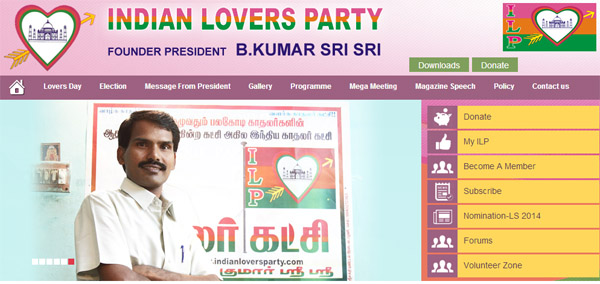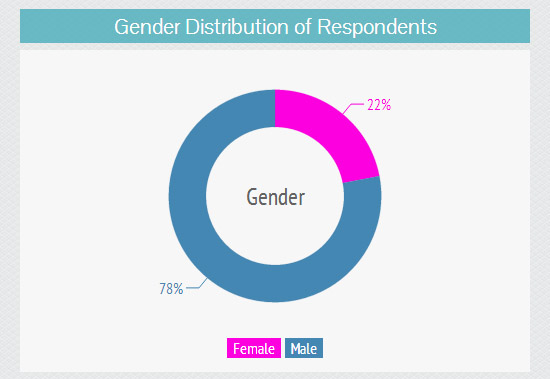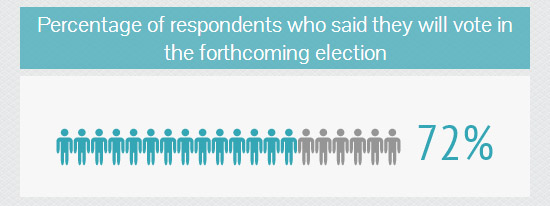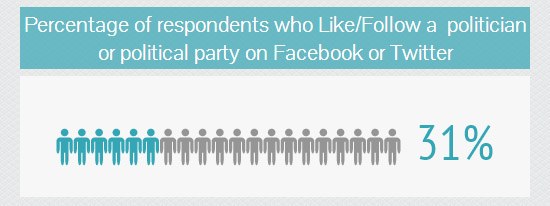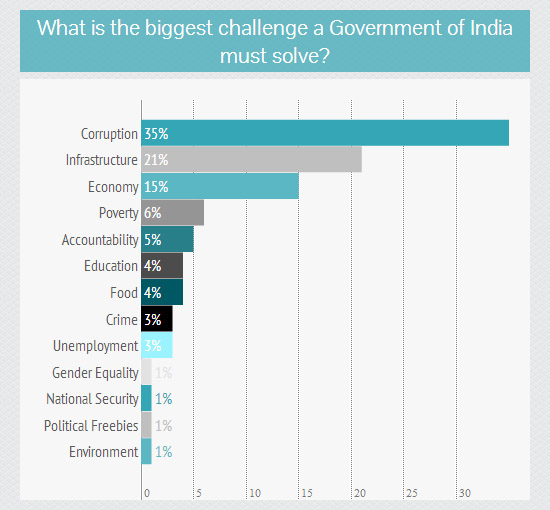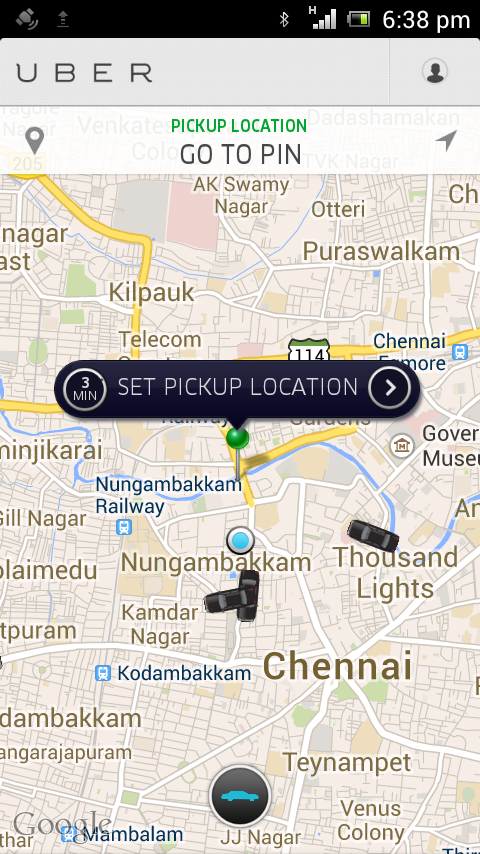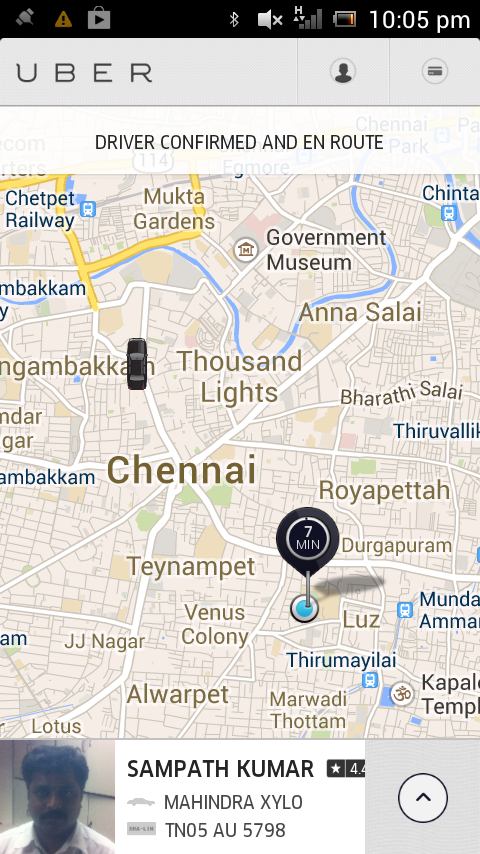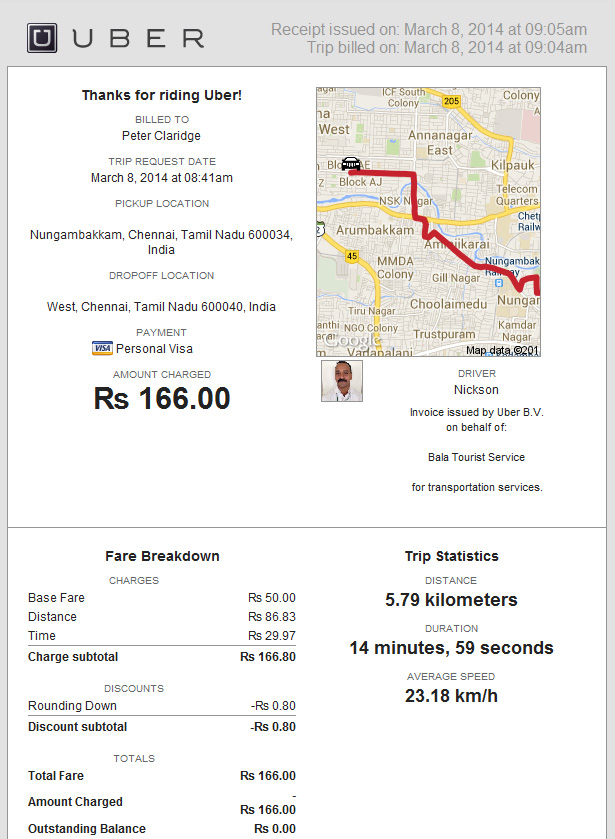It’s been a couple of weeks since my blog post on what happened before, during and immediately after the Chennai rains. What was meant as an update for family and friends on what was going on (OK, mostly to reassure my Mum, who does worry so), seemed to have captured the attention of Chennaites around the world.
There has been no let up in the relief efforts of people all across Chennai. While now we can say that with a very few exceptions, most people have been rescued from their homes or the water has receded far enough for them to get out, rehabilitation is in full swing.
